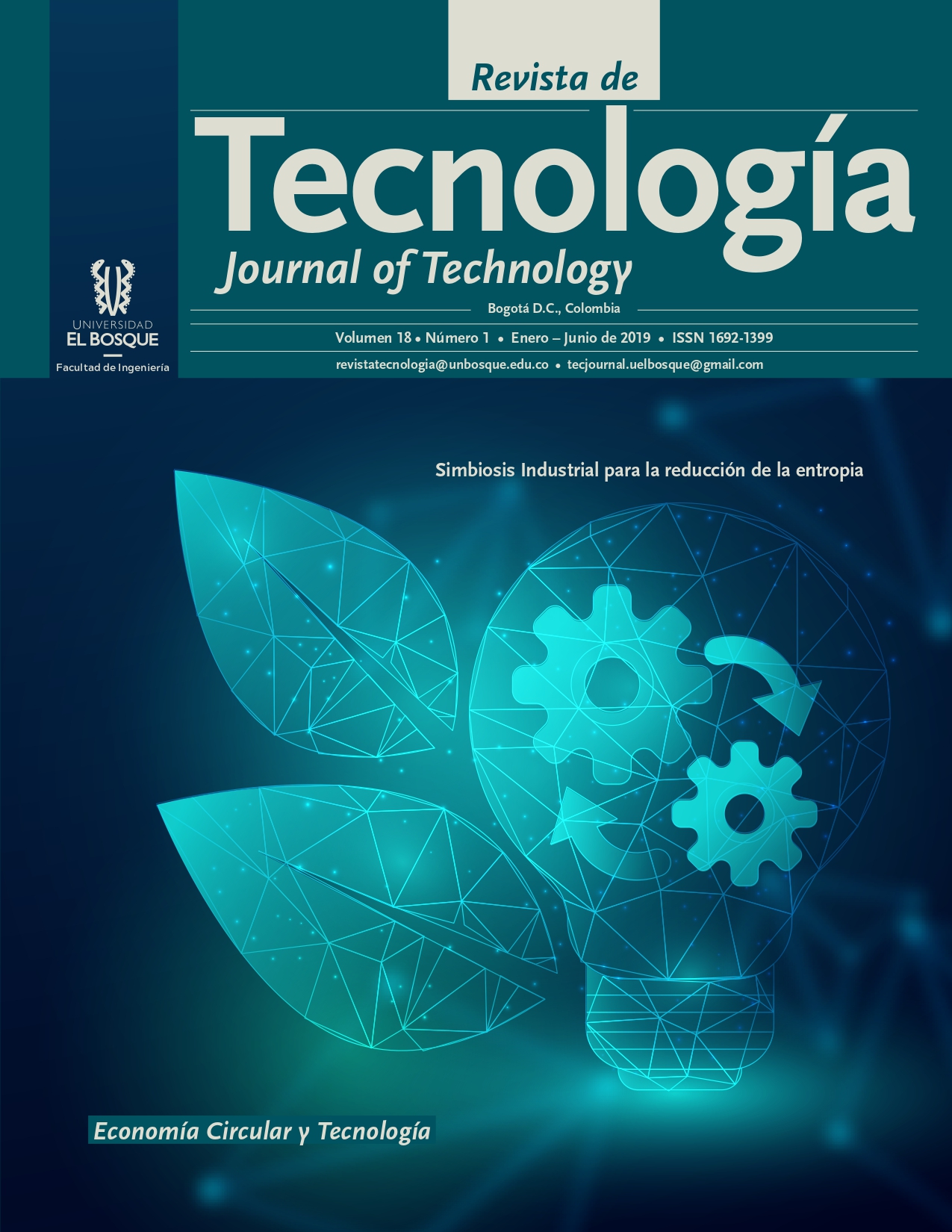Use of robotics for the learning of mathematics in primary education at El Salitre High School in primary education at the IES El Salitre, Hato, Cundinamarca
Keywords:
Robotics, Learning, Lego, STEM, Roman numerals, angles.Abstract
The scenario of education is changing with problems such as the low entry to universities and the low interest of students in schools to enter to study areas with mathematics and physics components such as engineering, there are also gender issues, use of tools, mathematical and verbal skills among others, this article provides the results of research conducted in the departmental educational institution El Salitre, El Hato, Department of La Calera de Cundinamarca in Colombia, This article responds to the question of how the implementation of robotics in the teaching of mathematics can improve the academic skills of students through a set of mathematical activities using robotics from the STEM context, as a result there was evidence of improvement in the control group demonstrating the appropriation of the theory based on the activities performed.
Downloads
References
A. M. Báez, Y. Martínez-López, O. L. Pérez, and R. Pérez, “Propuesta de tareas para el desarrollo del pensamiento variacional en estudiantes de ingeniería,” Form. Univ., vol. 10, no. 3, pp. 93–106, 2017, doi: 10.4067/S0718-50062017000300010.
M. D. Castro Rojas and A. L. Acuña Zuñiga, “Propuesta comunitaria con robótica educativa: valoración y resultados de aprendizaje,” Teoría la Educ. en la Soc. la Inf., vol. 13, 2012.
EDUMEDIA, “SISTEMA AULA RED21,” 2013. [Online]. Available: http://www.aulared21.com/ robotica-educativa/.
H. Y. Li and P. C. Lu and J. C. Liang, “Exploring the Four Aspects of the Robotics Learning for High School Students: Designing of Robotics Structure, Language Programming, Single-Chips Controller and Communication Process,” 2016 5th IIAI International Congress on Advanced Applied Informatics (IIAI-AAI), 2016. [Online]. Available: http://ieeexplore.ieee.org.bdigital.udistrital.edu.co:8080/ document/7557801/. [Accessed: 24-Oct-2016].
E. S. and J. L. and Y. A. R. and A. M. P. and J. M. and M. G. and P. Valdastri, “STORMLab for STEM Education: An Affordable Modular Robotic Kit for Integrated Science, Technology, Engineering, and Math Education,” IEEE Robot. Autom. Mag., vol. 23, pp. 47–55, 2016.
C. A. B. and S. L. R. and T. E. Rogers, “Robotics for All Ages: A Standard Robotics Curriculum for K-16,” IEEE Robot. Autom. Mag., vol. 23, pp. 40–46, 2016.
P. B. and A. B. and R. M. C. and M. M. C. and J. M. and L. Barroso, “STEM summer camp follow up study: Effects on students’ SAT scores and postsecondary matriculation,” Front. Educ. Conf. (FIE), 2015. 32614 2015. IEEE, pp. 1–8, 2015.
V. G. Cardozo, “Programa stem robótica Uniminuto-icarnegie: competencias para la formación de futuros ingenieros,” Encuentro Int. Educ. en Ing. ACOFI, 2016.
EDUCATIVA, “GRUPO EDUCATIVA, La Alegria de aprender diferente,” 2014. [Online]. Available: http://www.grupoeducativa.com.pe/. [Accessed: 29-Sep-2016].
J. A. Buitrago, “PROPUESTA DE UN LABORATORIO DE ACCESO REMOTO PARA LA ENSEÑANZA DE LA ROBÓTICA INDUSTRIAL,” Innov. en Investig. y Educ. en Ing.
R. D. F. H. Carlos Alberto Cortés Aguirre, “CLUB DE ROBÓTICA: JUGANDO CON ROBOTS,” Innov. en Investig. y Educ. en Ing., 2013.
E. G. Meza Coronado, Catherine Paola; Escobedo Del Carpio, “Uso del entorno personal de aprendizaje (PLE) para el desarrollo de actitudes hacia la ciencia en estudiantes del quinto grado de educación secundaria de una institución educativa pública de Arequipa,” PUCP, 2016.
F. A. F. G. Bravo Sánchez, “L a robótica como un recurso para facilitar el aprendizaje y desarrollo de competencias generales,” Teor. la Educ. Educ. y Cult. en la Soc. la Inf., vol. 13, pp. 120–136, 2012.
L. A. Jiménez Hernández, “Enseñanza de la tecnología basada en cursos de robótica práctica: proyectos educativos con lego y con dispositivos propios,” VII Jornadas Nac. sobre la Form. del Profr., 2013.
E. A. Aguirre and S. G. Gil, “Articulación de la Robótica como Eje de Formación Interdisciplinar en el Programa de Tecnología en Electrónica de UNIMINUTO Sede Principal,” 2014.
S. O. A. R. P. Barros, A. M. F. Burlamaqui, “CardBot - Assistive Technology for Visually Impaired in Educational Robotics: Experiments and Results,” IEEE Lat. Am. Trans., vol. 15, pp. 517–527, 2015.
E. A. Y. Fernandes, “EducAval: Towards Assessment of Educational Robotics Softwares,” IEEE Lat. Am. Trans., vol. 15, pp. 720–728, 2015.
M. G. Legua, “robotica educativa,” in Seminario Internacional, Tecnologías de la Información y las Comunicaciones aplicadas a la Educación., 2011.
Lego, “Ladrillo imagen.” [Online]. Available: http:// codigo21.educacion.navarra.es/wp-content/ uploads/2015/09/lego_nxt.png. [Accessed: 24-Oct2016].
Downloads
Published
Issue
Section
License

This work is licensed under a Creative Commons Attribution 4.0 International License.
Although all advertising and further contents are expected to conform to ethical standards, inclusion in this publication does not constitute a guarantee or endorsement of the quality or value of such a product or the claims made of it by its manufacturer. No responsibility is assumed by the publisher for any injury and/or damage to people or property as a matter of product liability, negligence or otherwise, or form, any use or operation of any methods, products, instructions or ideas contained in the material herein.

